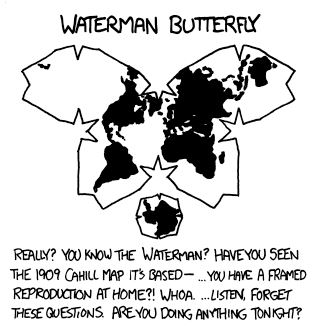You’d think this would solve the incel problem
I find the top three ratios interesting: there’s a tiny skew towards females but a huge skew towards males.
It doesn’t show what the green threshold is though. From memory, the natural birth ratio is 49:51 m:f, so the female skew is only about 3% while the male skew is about 20%. Seven times larger.
If I were colouring the map, I don’t think I’d have bothered with differentiating purple and green, or perhaps used more graduations.
Just a guess, but I think the difference in a country like Qatar can be explained by the import of labor. They hire a workforce from a different country which tend to be dominantly male in those regions. And we’ve seen with the football WC how they’re developing.
Omg is there infanticide going on in qatar and the likes? Or are people not registering female births?
Please let it be the latter, as a bad solution amongst worse solutions.
Immigrant workers who tend to be males
Can you elaborate? As for as I know this is about sex registred ar birth, unrelated to immigration.
Is it? Where do you see that?
Thank you for the question. On second thought: I misunderstood
I can only speak for Malaysia. So here’s the news from last year census:
In general, for citizen it’s 103:100 male/female ratio, it’s only when added the whole population, including permanent resident and immigrant, the ratio skewed to 111:100, because there’s more immigrant men coming in to work as blue collar than women. There’s no widespread infanticide happening as far as i can tell, so it’s very likely just happen naturally.
What happened in Qatar is very likely similar situation.
Isn’t this mostly showing that females have longer lifespans and in countries where they have weird preference for boys, the skew towards male?
Yes, plus migrant labor. I imagine most countries that skew male are only a percent or two off. The major outliers are the Persian gulf nations, because they are tiny and rich. All those extra men are migrant workers from poorer nations, sending money back home.
75% male?? What’s Qatar doing??
My educated guess would be immigrant workforce






